New Observatory Named for Physics Major, Rocket Fuel Engineer Ben Hill-Lam ’13 (1991–2021)
By Rebecca Goldfine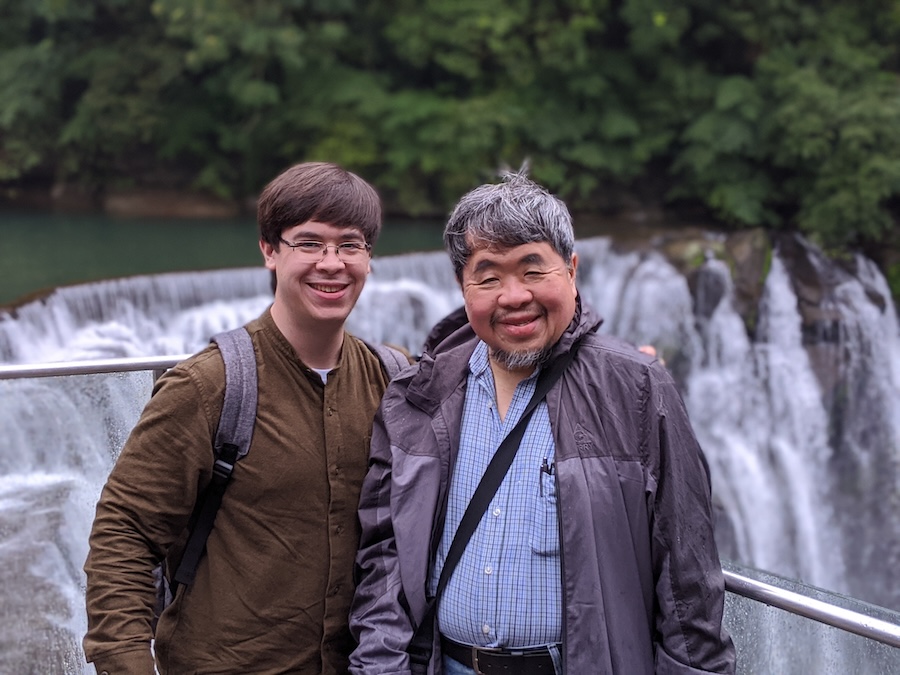
Bowdoin’s 132-year-old observatory, with its green-domed roof and round brick tower, sat prettily—but unused and mostly ignored—at the corner of Bowdoin’s playing fields for over thirty years. In that time, nearby pines had grown up high, obscuring its view of the sky.
But during a campus visit this fall, Seeyan Lam, father of Benjamin W. Hill-Lam ’13, saw past the abandoned observatory's gutted interior and empty shell. After talking with physics faculty, he became enchanted with their vision to invest in the facility and bring it to life once again. The professors shared their hope to update the observatory to support a powerful new telescope that would vastly expand students’ ability to study space.
Lam decided to support the project. His gift covers the costs of construction, renovation, the building relocation, and an endowment for ongoing maintenance and equipment purchases.
Not only did he approve of the College's investment in its astronomy teaching and research program, he said he also appreciated the observatory's new location in the middle of Pickard Field, where it can serve as a kind of celestial-focused gathering place.
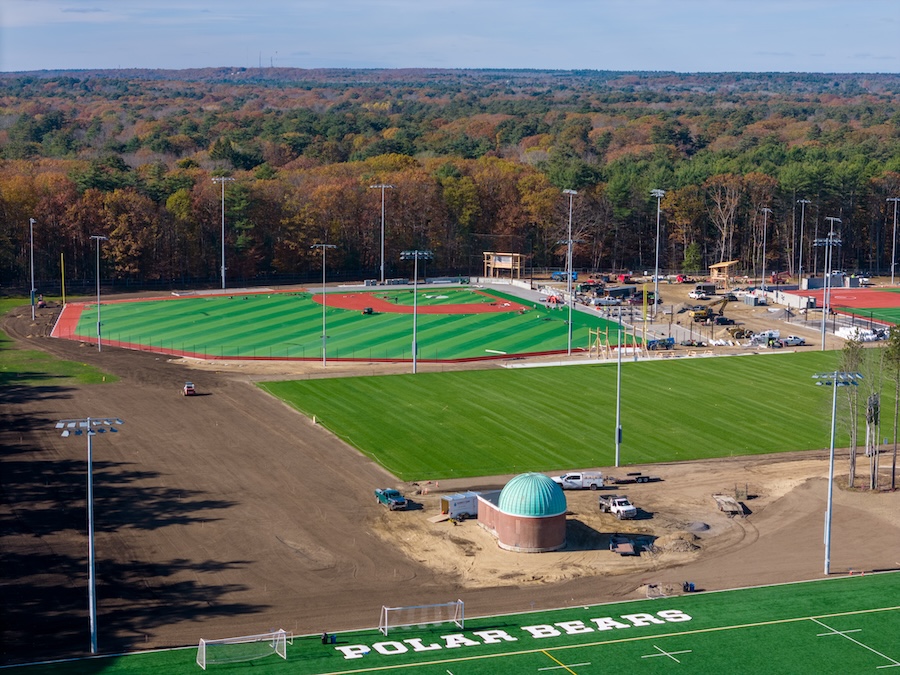
"I like the potential it has academically and socially," Lam said of the project during a Zoom call. "One of the really key things Ben liked about Bowdoin was the congeniality, the social aspect. People became family."
The new observatory will be named for Ben, Lam’s only son, who majored in physics as an undergraduate and worked as an engineer for the Advanced Engine and Rocket Fuel (AERoFuels) Laboratory at The Johns Hopkins University Energetics Research Group. He died in a rock climbing accident in 2021 at the age of 30.
The observatory, as a window to the universe, is like a symbol, Lam said. It reminds us of the largeness of our world, the many mysteries it holds, and the way each of us tries to make sense of our place in it. "Looking to the stars, looking in the heavens—not in a religious sense—but looking into the heavens, you can see an infinite amount of stars. It’s hard to grasp the enormity of what the universe is, and you find yourself thinking about life, being lost in that view,” he said.
Though current students have probably seen many of the stunning images of distant galaxies and explosively colorful star births coming from NASA these days, Lam said he finds it awe-inspiring just to have the chance to view the craters of the moon or Saturn's rings. The new Benjamin Hill-Lam ’13 Observatory “will be eye-opening” for students, he said. “I hope that it sparks an interest.”
Michael Archibald, Bowdoin vice president and senior leadership gifts officer, said he admired the way Lam "has created something wonderful from such profound loss."
"Over the years, before and since Ben’s death, Seeyan has befriended Ben’s high school and college friends as his own. He travels the world to attend their weddings and other gatherings. Seeyan memorializes Ben through these relationships, and with this gift," he said.
Construction on the observatory will begin this spring and wrap up next fall.
“Seeyan has been among the most satisfying philanthropic partnerships I’ve experienced. Seeyan’s optimism, hope, and generosity are a gift to the world.”
—Vice President and Senior Leadership Gifts Officer Michael Archibald
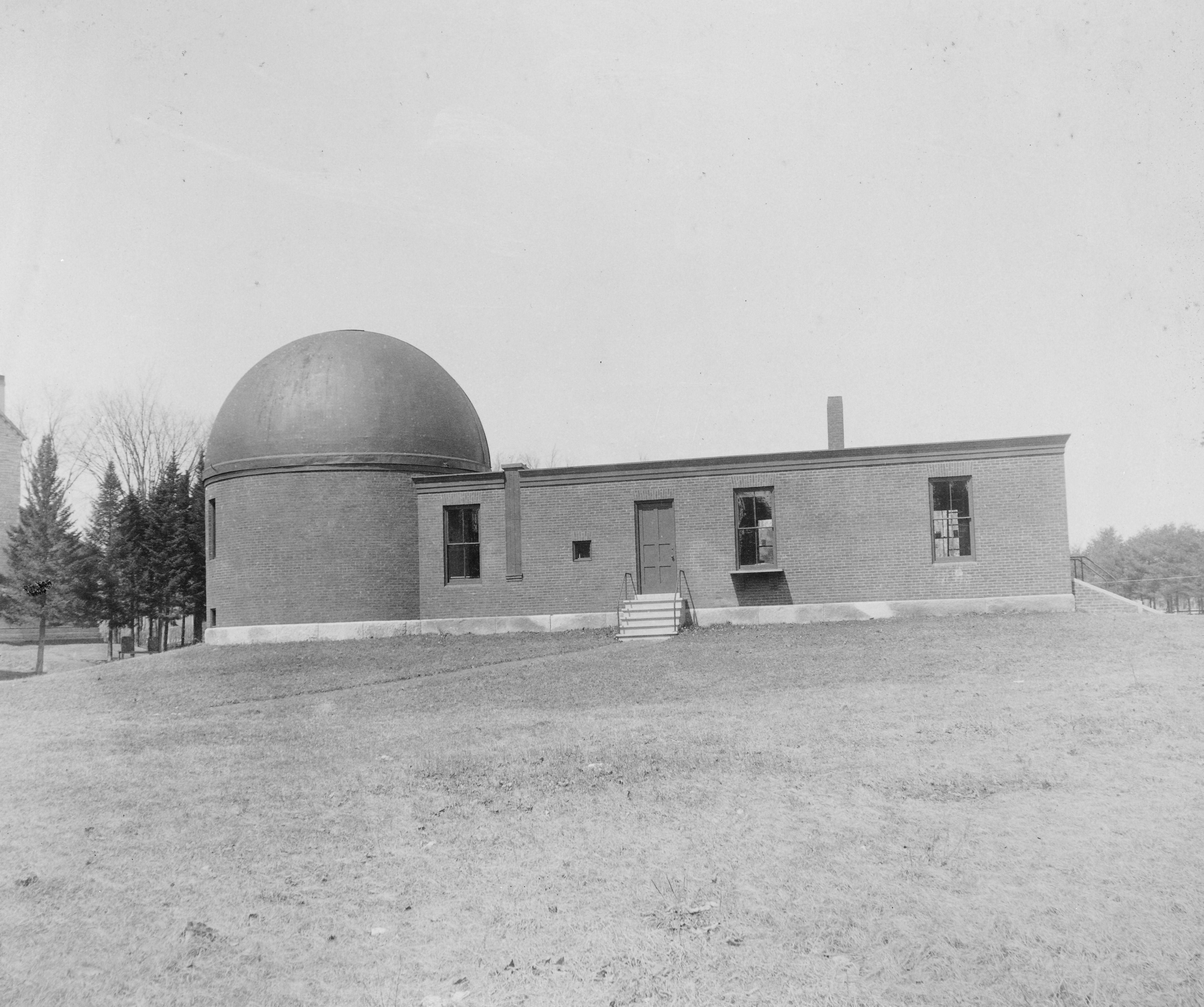
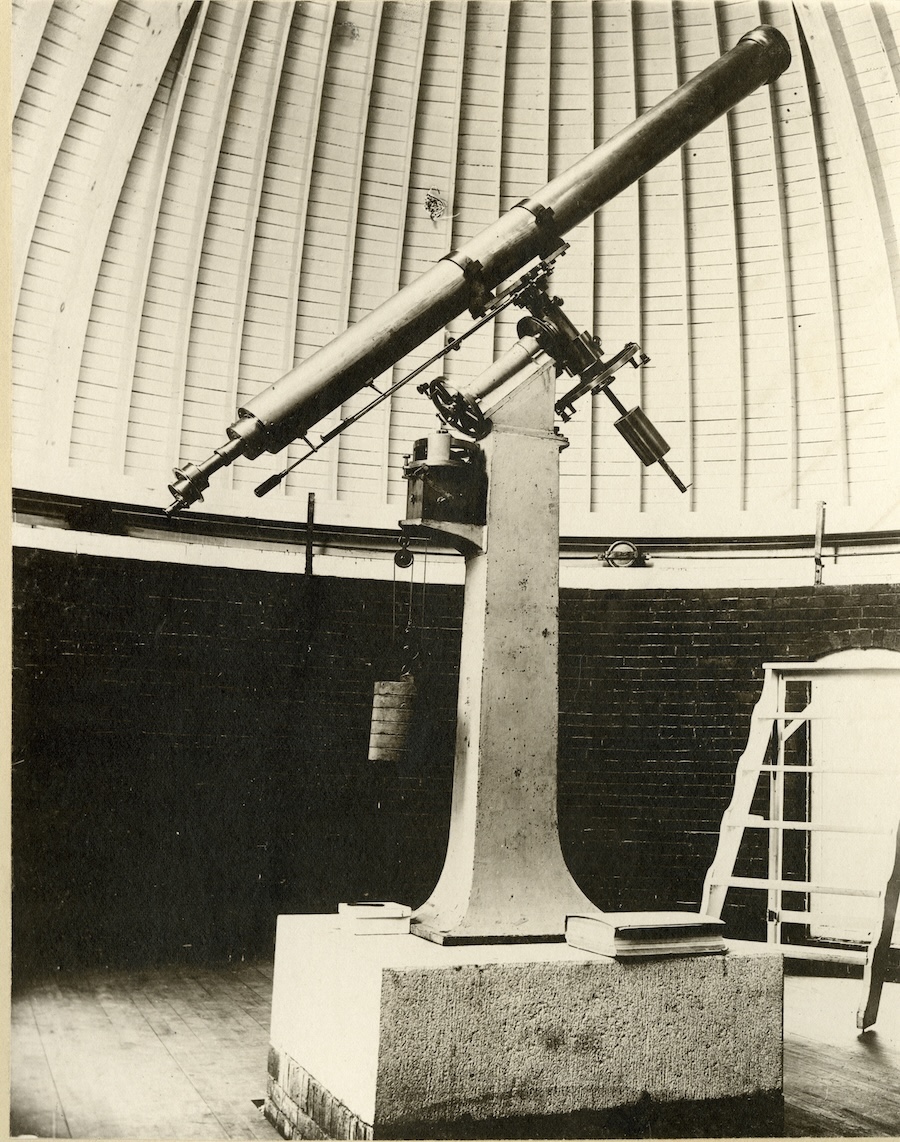
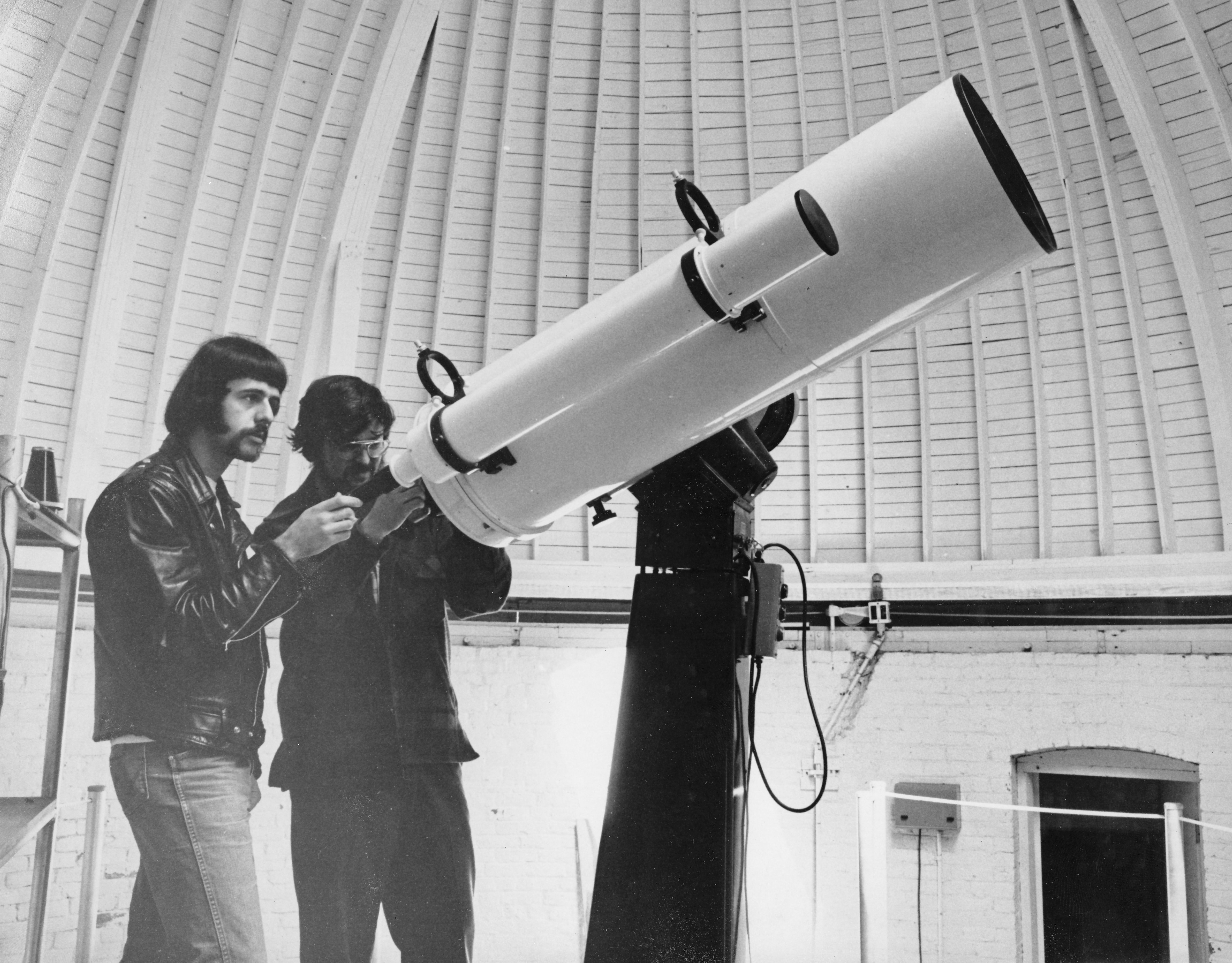
“The observatory will allow us to have great student projects in astronomy using equipment that is state of the art.”
—Professor of Physics Dale Syphers
Rekindling Astronomy at Bowdoin
In recent years, the physics department has been waiting for an opportunity to jumpstart its astronomy program. The College had supported an astronomy curriculum for a century—from 1891 to 1991—but that dwindled after the structure became increasingly unusable.
When Elroy "Roy" LaCasce Jr. ’44, a longtime physics professor at Bowdoin, bequeathed a sizable donation to the College's physics department, some of the funds were allocated to hiring Fe McBride in 2022. She is the College's first observational astronomer in more than three decades, and joins the faculty's theoretical astronomer, Thomas Baumgarte, Bowdoin's William R. Kenan, Jr. Professor of Physics.
One of McBride's areas of expertise is high-energy astrophysics, studying phenomena like supermassive black holes and their plasma outflows. She also investigates neutrinos, or ghost particles, whose origins continue to mystify scientists.
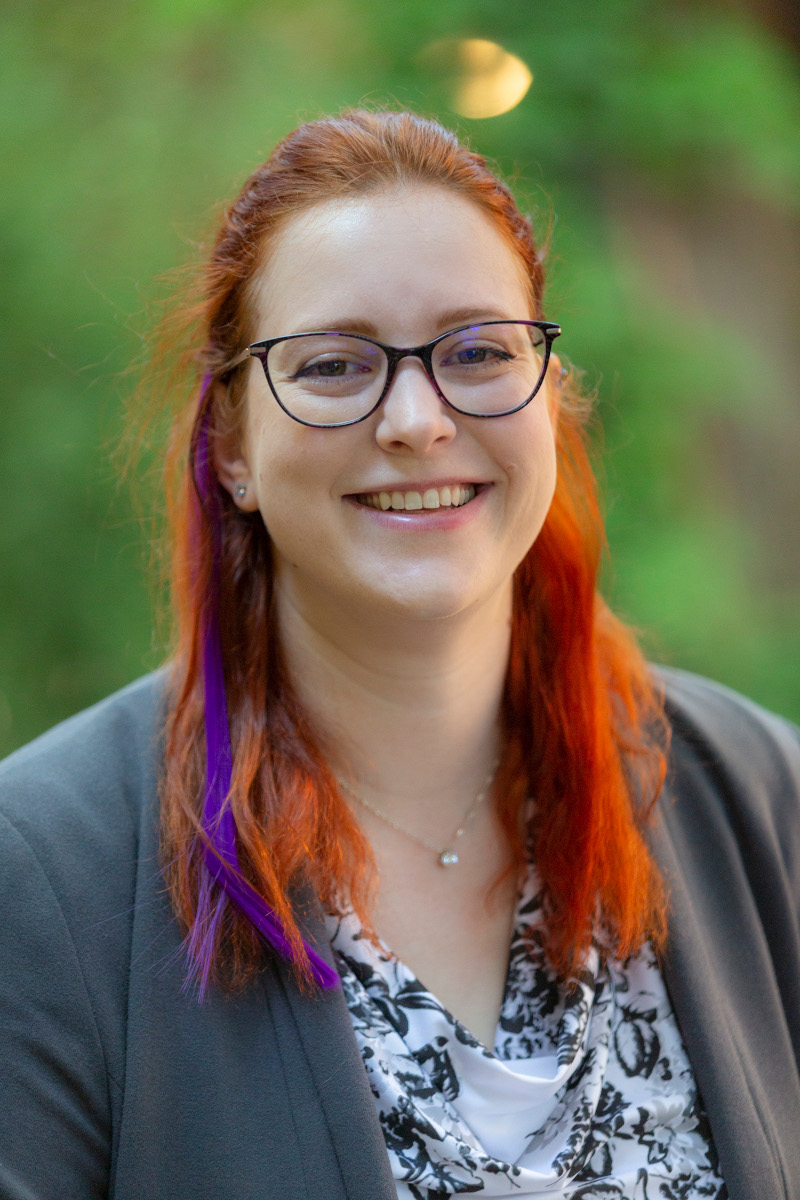
In addition to her research agenda, McBride aims to “make learning as accessible as possible to everyone,” according to her faculty web page.
Yet, she could only do so much with the equipment Bowdoin had when she first arrived here. Last year, she oversaw the purchase of six small telescopes, including a solar telescope. What was needed most, however, was a high-powered telescope that could collect more light and see deeper into the universe.
“Only through a donation like Seeyan’s is it possible to acquire a large scope to do bigger projects,” she said. The funds from Lam will enable the College to buy a $250,000 telescope with an eighty-centimeter diameter, an attached spectograph, and a long-exposure camera. The donation will also cover the costs of a secondary building with mounts for smaller telescopes that will be used in introductory astronomy courses and for public viewings.
Inviting community members to gaze into space is part of McBride’s plan to create a broad observatory program. “I want to open the building to the community,” she said, “so we can have observing nights and everyone can participate.”
A year after Ben Hill-Lam ’13 died, in 2022, his father, Seeyan Lam, established two scholarship funds in Ben’s name. One supports any student demonstrating financial need, and the second is designated for a physics major with financial need.
"Seeyan’s first priority was to honor Ben in a way that made Bowdoin possible for deserving students," Vice President and Senior Leadership Gifts Officer Mike Archibald said. "Once that was accomplished, he turned to the observatory project, which was a wonderful match between the needs of the physics department and Ben’s own Bowdoin journey as a physics major."
At the moment, the physics department offers two astronomy courses: Introductory Astronomy and Astrophysics. Once the observatory is up and running, faculty will add more courses, such as three new higher-level classes on subjects like black holes, galaxies, and stellar evolution. Additionally, other physics classes will take advantage of the telescope.
The College has commissioned Astrosysteme Austria (ASA) to build the new telescope, which will take between eight months and a year. “It is not an easy thing to make; it has very exacting requirements,” Syphers said, such as “how perfect a shape it is to reflect a clear image.”
The next step, to mount the scope in the observatory, will be its own challenge. The observatory “is just a shell whose sole purpose is to keep the telescope out of the weather and have an opening that rotates at the same speed the scope is rotating so it can track individual items throughout the night,” Syphers explained.
Because the telescope can't be jarred by vibrations, it must be detached from the building's foundation. "The telescope needs to be perfectly still, even if people walk right next to it," McBride said. "So, the telescope is placed on a separate pier that is not connected to the floor—i.e., there's a small gap in the floor." Ideally, this pier would be drilled deep underground, but since this is not possible due to the area's sandy soils and high water table, the base has to specially built to stablize the scope.
Once it is operating next year, the Hill-Lam Observatory in Pickard Field will offer stargazers a wide-open panorama. It will also be another prominent Bowdoin landmark. “The observatory is historic and beautiful," Syphers said. "Not only does it have good visibility to see the sky from where we put it, but it puts the astronomy program in a more visible light, down there in the athletics fields. There they are, science and other aspects of the College side by side."
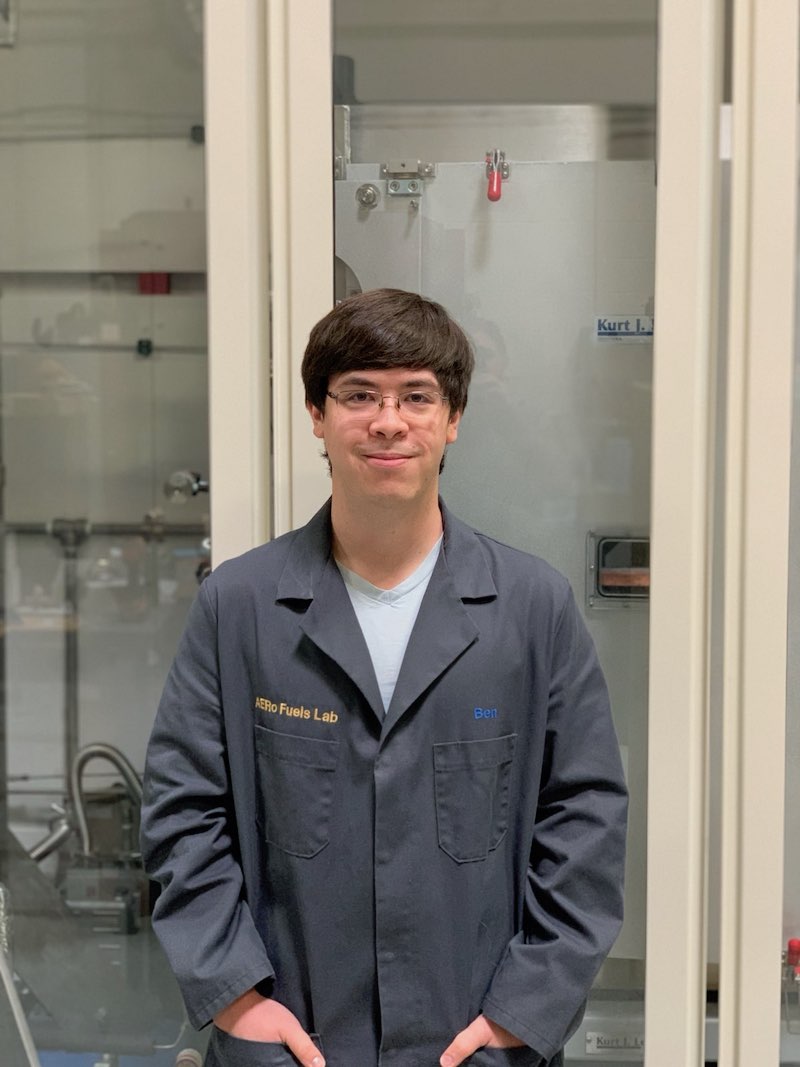 In high school, Ben Hill-Lam told his father he wanted to be an engineer, a plan his father—who studied biology as an undergraduate—approved. He applied to several engineering schools as well as Bowdoin, but when he visited Bowdoin as a prospective student, "he fell in love with the school," Lam said, and its friendly and warm community.
In high school, Ben Hill-Lam told his father he wanted to be an engineer, a plan his father—who studied biology as an undergraduate—approved. He applied to several engineering schools as well as Bowdoin, but when he visited Bowdoin as a prospective student, "he fell in love with the school," Lam said, and its friendly and warm community.
To maintain a foothold in engineering, he enrolled in the Bowdoin-Dartmouth dual-degree program to study for one year at the Thayer School of Engineering. (Ben's mother, Robin Hill, graduated from Dartmouth.) He did so well he received automatic acceptance into Dartmouth's graduate engineering program.
But after earning his undergraduate degree, he chose instead to work at the Advanced Engine and Rocket Fuel (AERoFuels) Laboratory with The Johns Hopkins University Energetics Research Group, where he tested fuels for space exploration. One of his proudest achievements was working on the thermal stability of liquid methane, a fuel that could enable space travel to Mars. (He also helped invent a ventilator during the pandemic when the life-saving equipment was in low supply.)
Lam said that the team at Johns Hopkins offered Ben the job just out of college because of his liberal arts education, as well as his scientific and math skills. "They told him his writing stood out over other people's," Lam recalled.
While working full-time at the lab in 2020, Ben also earned his master’s degree in material science and engineering from Johns Hopkins.
At Bowdoin, Ben majored in physics, but he took many history classes as well, drawn to ones in particular about China and Hong Kong, where Lam is from. "What is unique about being at a liberal arts college is that it allows students to explore," he said. Lam, who received his BA and MA from University of Oregon and his PhD and doctor of pharmacy degree (PharmD) from University of the Pacific, retired as lead regulatory health education specialist from the FDA in 2016, after working there for thirty-two years.
Not that Bowdoin didn't challenge Ben at times, Lam continued. Yet, his son remained resilient, a trait that surfaced after he lost his mom to cancer when he was eight years old. With his resiliency came strong character traits like determination and persistence. "When he makes up his mind to do something, he goes for it," Lam said.
Lam said that Ben was very happy at Bowdoin—pleased with his studies, friends, faculty ("who played a big part in his education and career," said Lam) and his community activities on campus and outside in nature. Though he had been a somewhat cautious child, Ben blossomed as he got older, eager to try new activities, especially at Bowdoin, like camping, rock climbing, and taking a variety of classes.
But one of his greatest delights was Bowdoin Dining's food. "He raved about the food," Lam said, with a laugh.
Though he ate heartily, Ben still lost fifteen pounds his first year at college, Lam remembered. "He had a more regimented life," he said. "He started exercising, he walked everywhere, and he got involved in outdoor activities."
Perhaps it was due in part to his adventurous and open-minded spirit that Ben, over the course of his life, collected a remarkably wide circle of friends. At Bowdoin, he was close with his physics classmates, dormmates from his first-year residence hall, his peers from his sophomore College House, and with Outing Club students who shared his affinity for the outdoors.
He also had a special bond with his dad. "One thing I am glad that Ben and I had was that we shared an affection, we weren't afraid of that," Lam said.
Many of Ben's friends have stayed in touch with his father, who has attended several of their weddings, even as far away as Australia and Italy. Another friend—a former Bowdoin roommate—calls every other week to check on Lam, and still another named his baby after Ben. "They are my extended family," Lam said. "It is good to see them grow and develop."